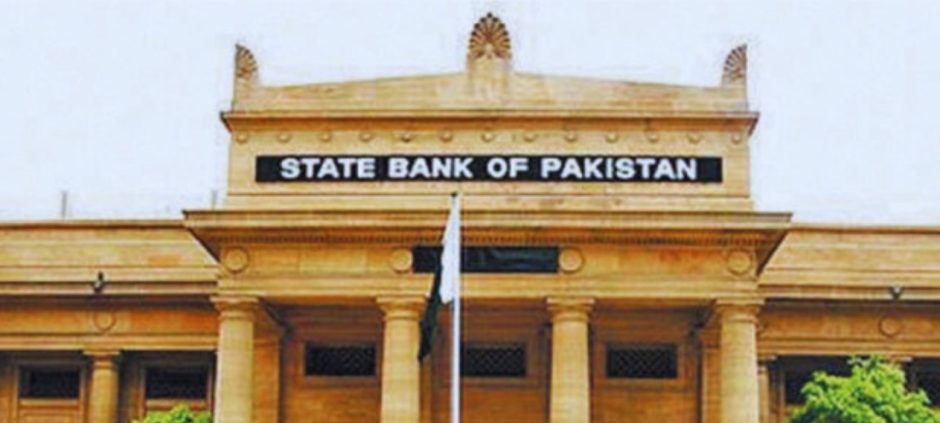The State Bank of Pakistan (SBP) has opted to maintain its benchmark interest rate at 11% in its latest monetary policy decision, pointing to signs of economic recovery and stable inflation.
Key Highlights:
- Inflation Outlook: Inflation rose by 3.5% in May and is projected to fall within the target range by FY26.
- Economic Growth: Real GDP growth for FY25 is estimated at 2.7%, with a target of 4.2% set for the next fiscal year. Growth improved to 3.9% in the second half, driven by industry and services, though agriculture lagged due to lower crop yields.
- Trade & Current Account: Despite a widening trade deficit, the current account remained nearly balanced in April 2025. A surplus of $1.9 billion was recorded over the past 10 months.
- Forex Reserves: Increased to $11.7 billion, providing some stability.
Read More : SBP Confirms Cryptocurrencies Are Not Banned
Budgetary & External Risks
The SBP warned that proposed budget measures could widen the trade gap further. Meanwhile, geopolitical tensions—particularly Israel’s strike on Iran—have raised concerns about rising global commodity prices, prompting analysts to abandon earlier expectations of a rate cut.
A Reuters poll showed 11 out of 14 economists expected rates to remain unchanged, with only three predicting cuts. Oil price volatility remains a key risk for Pakistan’s inflation outlook.
IMF Raises Concerns Over Unapproved Spending
The International Monetary Fund (IMF) has flagged unauthorized grants worth Rs344 billion, including:
- Rs115 billion to Independent Power Producers (IPPs)
- Rs30 billion for Sindh flood victims
- Rs23 billion for anti-terrorism efforts
- Rs7 billion for parliamentarians’ schemes
The IMF views this spending as a violation of its agreement with Pakistan, as these allocations were not approved by the National Assembly.
Outlook
The SBP believes the current rate will keep inflation within the 5-7% range while supporting growth. However, external risks and fiscal discipline remain critical challenges for Pakistan’s economic stability.











